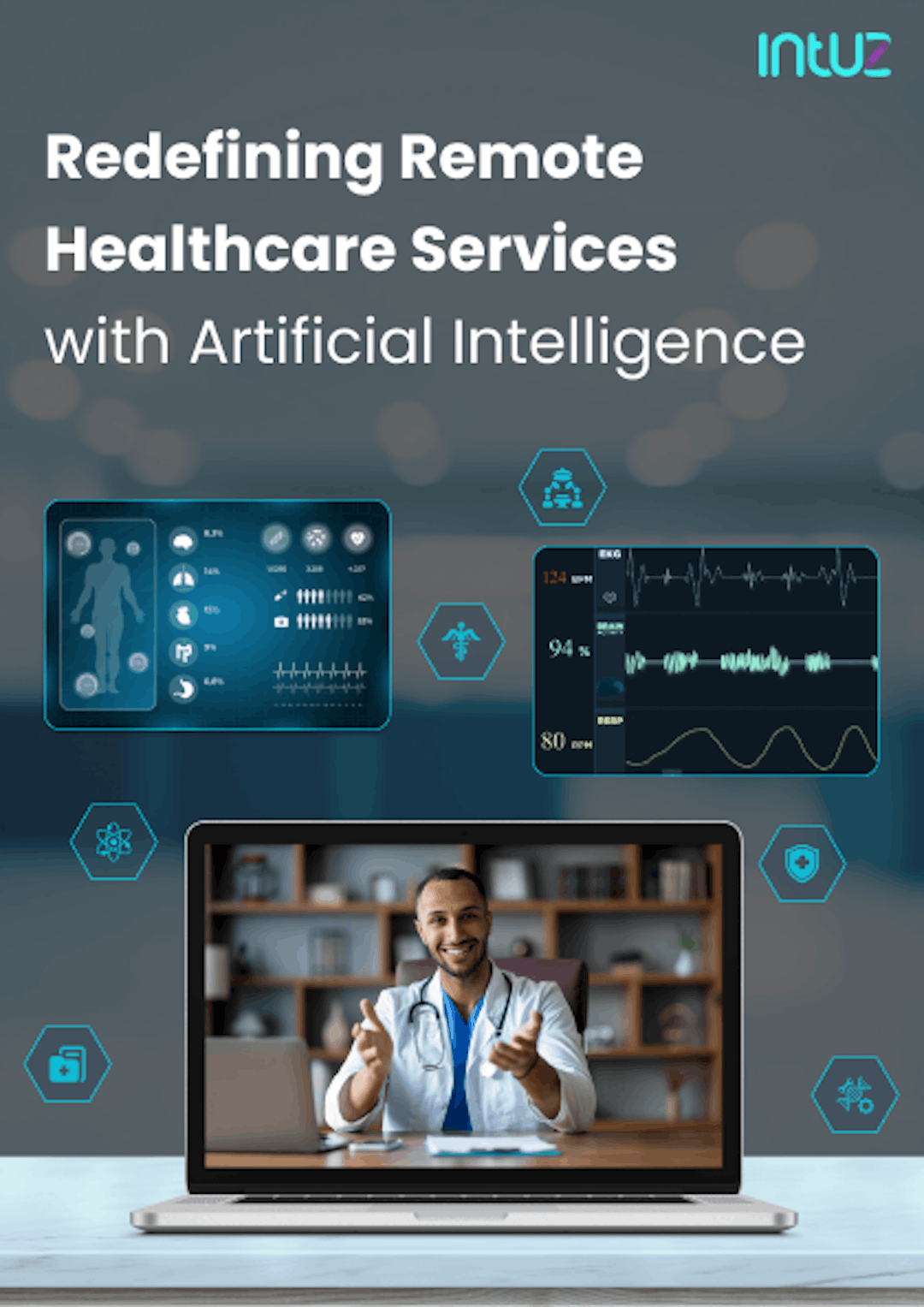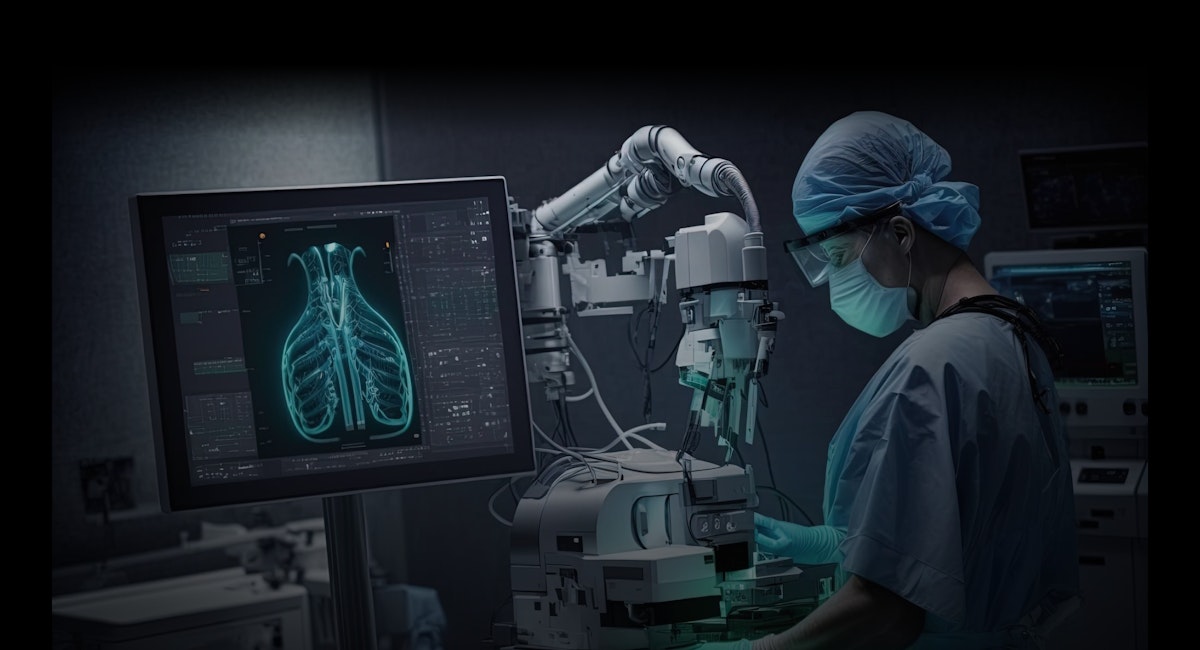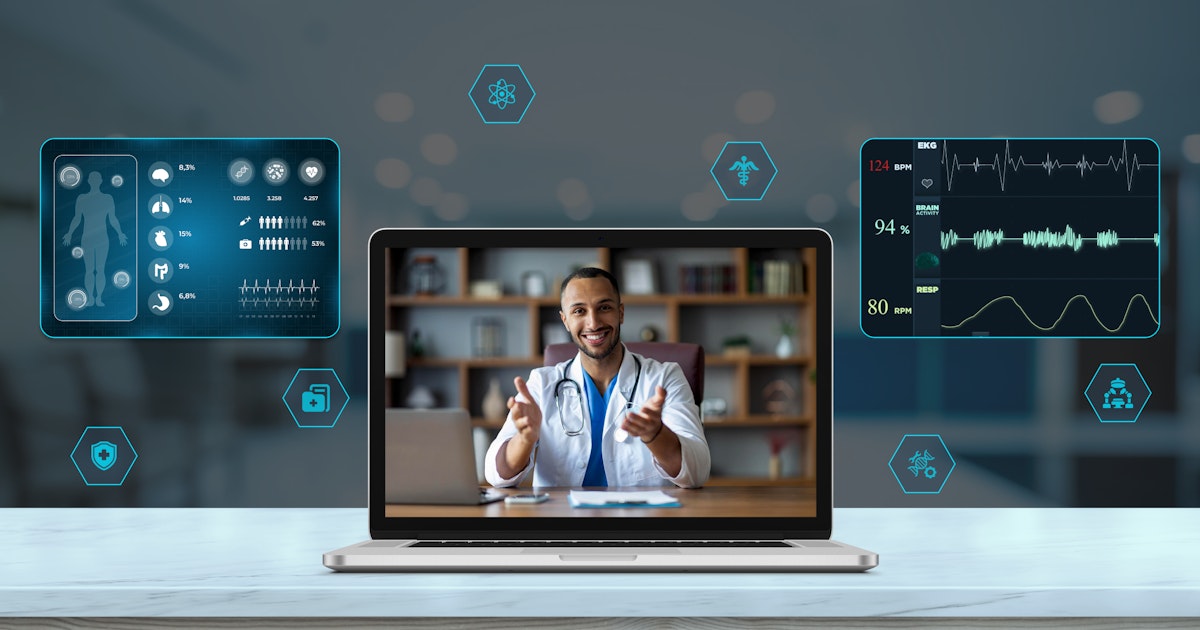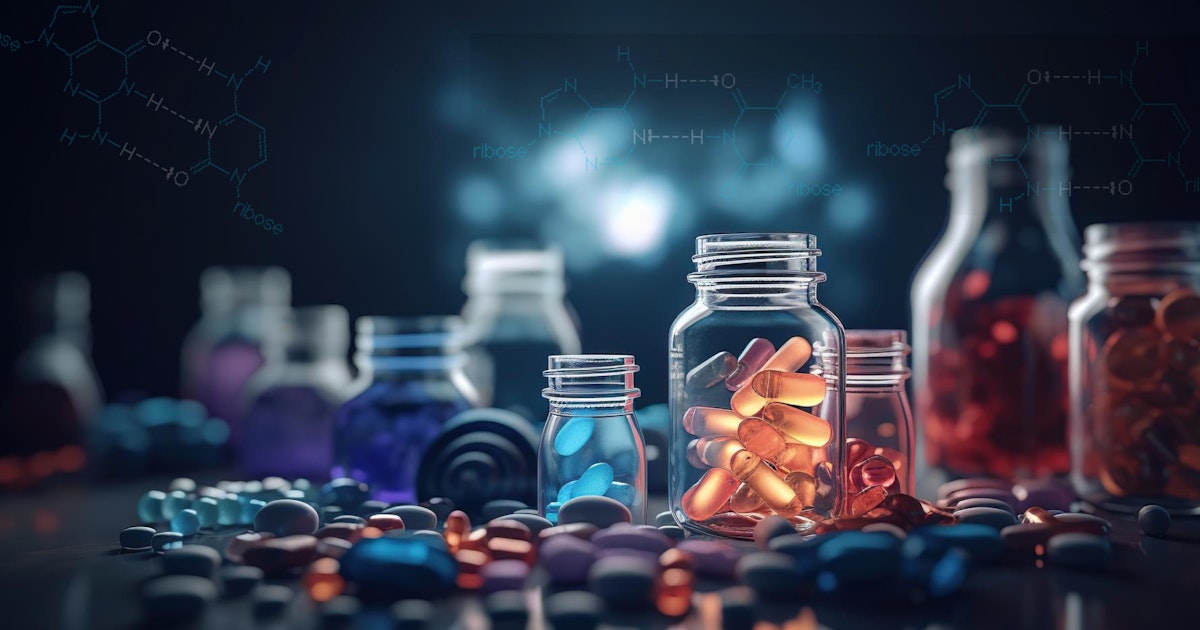Table of Content
Do you remember the rush to find a vaccine for COVID-19 in 2020? It took almost a year for healthcare research and pharmaceutical companies to develop one that provided relief and saved lives from this formidable virus.
But drug discovery, in general, is a complex process involving steps like target identification and validation, hit identification, and lead optimization—all of which are incredibly expensive and time-consuming.
The COVID-19 vaccine was an exception because the time needed for a drug to reach the market ranges from 12 to 18 years, with an average cost of $2.6 billion. Success rates are also low, with 10% to 20% of candidates making it into clinical trials.
Generative AI in drug discovery and development
Defined as a subset of Artificial Intelligence (AI) technologies that can create new content, Generative AI learns from large datasets of known chemical entities, such as molecules, and uses patterns in this data to propose new drug candidates.
This technology also decreases the number of compounds that need to be synthesized and tested physically, thereby minimizing R&D costs. A report from McKinsey suggests that AI could potentially cut both the time and cost of drug development by more than 20%.
Whether you’re a healthcare organization or a research facility, it’s vital to understand how Generative AI accelerates drug discovery and development.
Let’s explore five ways in which it does.
Key takeaways
Generative AI models, like GANs and VAEs, can create new drug molecules from scratch, enabling the design of drugs with enhanced absorption and efficacy.
AI-driven virtual simulations can optimize existing drugs by predicting the effects of structural modifications, thereby reducing costs, speeding up development, and improving patient safety.
Generative AI can identify new drug targets and disease biomarkers by analyzing large datasets of genomic, proteomic, and metabolomic information.
Generative algorithms, such as evolutionary algorithms and reinforcement learning, optimize potential drug candidates by balancing therapeutic potential and side effects.
Generative AI can predict potential side effects, allowing pharmaceutical companies to modify drug structures and healthcare providers to tailor prescribing information based on genetic profiles.
The role of Generative AI in drug discovery and development
The use cases of Generative AI in drug discovery and development include crafting new molecules, repurposing existing drugs, finding new drug targets, predicting drug side effects, and more. Explore in-depth with examples.
1. Craft new molecules and design drugs from scratch
What if you could sketch a favorable drug profile, complete with specific therapeutic attributes, and watch AI come up with potential molecules that fit the bill with minimal side effects? Today, that’s a possibility with the magic of de novo drug design.
Generative AI models are trained on vast datasets comprising existing molecules, their chemical properties, biological activities, known interactions with biological targets, and other pharmacological data.
Using deep learning language models like Generative Adversarial Networks (GANs) or Variational Autoencoders (VAEs), they can identify and abstract critical features of valid molecules relevant to biological activities and create new chemical entities that:
- The body can absorb more easily
- Have stronger efficacy against a disease target
AI fosters greater innovation within pharmaceutical research by enabling the creation of novel drugs that might not have been discovered otherwise.
For example, drug design for neurological diseases like Parkinson’s involves defining desired molecular properties, such as the ability to cross the blood-brain barrier and stabilize dopamine-producing neurons.
Using techniques like reinforcement learning, the AI can iteratively generate new molecular structures with minimal side effects.
These candidate molecules are then synthesized and tested to validate their potential as targeted treatments that boost dopamine production without disrupting other neurological functions. This offers hope for more precise and tolerable therapies for Parkinson’s disease.
2. Optimize and repurpose drugs via virtual simulations
Generative AI’s prowess extends to suggesting modifications to the chemical structures of existing drugs, known as compound optimization.
The AI technology can predict how specific changes to a molecule’s structure, such as alterations in functional groups or backbone modifications, could impact its binding affinity, efficacy, or stability performance.
One way to leverage these predictions is through virtual simulations.
In this method, researchers simulate the impact of drug repurposing on a “digital patient”—a detailed simulation constructed using the same clinical data and electronic health records (EHRs) as a living patient with a particular condition.
This allows researchers to predict the effectiveness of an existing drug under hypothetical scenarios. Virtual simulations enable AI to assess the drug’s orientation, fit, and interaction with the target site and deliver promising modifications before actual synthesis is done in the lab.
For instance, if a drug shows efficacy but has poor solubility, AI can suggest alterations that optimize solubility without compromising the drug’s effectiveness. This approach is not only cost- and time-saving but also spares living patients from potential harm.
The use of Generative AI in compound optimization benefits the pharmaceutical industry in different ways:
- It enhances drug safety, leading to better patient outcomes.
- It reduces the time and resources needed for drug development.
- It expedites the path from conceptualization to clinical trials, making new treatments available to patients more quickly.
3. Find new drug targets to advance precision medicine
Generative AI can analyze large volumes of genomic (order of DNA bases in a genome), proteomic (structure, function, and interactions of proteins within a biological system), and metabolomic (metabolites such as sugars, fats, and amino acids) data.
This helps illuminate potential disease biomarkers and genetic variations that aren’t evident to the human eye for disease progression or maintenance. The information also helps optimize a drug’s potency to ensure it interacts with the appropriate biological target.
Generative AI can reduce the time and resources needed to identify and validate new drug targets. It can identify disease mechanisms and their interactions at a molecular level, which means researchers can develop more personalized therapies for individual patients.
AI technology also has a sound understanding of biological pathways. It can integrate and model data from various sources to visualize complex disease pathways and predict how changes in one part of a pathway could affect the overall disease process and drug discovery workflows.
A notable example of a drug target in prostate cancer is the androgen receptor. Androgens like testosterone promote the growth of prostate cancer cells, and androgen receptors are critical for this process.
Drugs that target androgen receptors, such as bicalutamide and enzalutamide, have been developed to treat prostate cancer by inhibiting the receptor’s ability to stimulate cancer cell growth.
4. Drive multi-objective optimization in pharmaceutical research
Generative algorithms can improve a new drug candidate for its therapeutic potential and minimal side effects.
For example, to increase a drug’s efficacy against a target protein, the AI can minimize potential side effects and enhance the molecule’s drug-likeness, including permeability, stability, and solubility.
In controlled-release formulations, more particularly, Generative AI analyzes historical data on previous chemical compounds and factors, such as coating and partition coefficient.
If a 1mm coating results in an average 4-minute system response time, the technology leverages this high-quality data to formulate polymer matrices that help regulate drug release kinetics, optimizing efficacy and patient experience.
Techniques such as evolutionary algorithms and reinforcement learning are crucial in this multi-objective optimization process.
Evolutionary algorithms solve problems by employing processes that mimic the behaviors of living things. As such, they apply mechanisms associated with biological evolution, such as mutation, reproduction, and recombination.
In the drug discovery process, these algorithms can evolve drug molecules by iteratively selecting and modifying those that best meet the desired criteria across all objectives.
On the other hand, Reinforcement Learning (RL) learns to make decisions by receiving feedback on its actions in the form of penalties and rewards.
In drug design, the AI gets rewards for modifications that improve the drug’s performance across various parameters like selectivity and safety.
5. Predict and minimize drug side effects to increase patient safety
The process of discovering side effects and adding them to the drug label during randomized controlled trials is the norm. However, due to the trials’ limited sample sizes, severe side effects are often discovered after the drug is launched for public consumption.
In the case of COVID-19, for example, multiple studies have shown how the vaccine increased the risk of myocarditis and pericarditis. Generative AI can identify potential adverse reactions before a drug is ever administered to a human.
It can analyze and correlate vast and diverse datasets, including historical drug effects data, clinical trial patient outcomes, and genetic profiles. The generative algorithms can also simulate how a drug interacts with various biological systems.
For example, AI technology can analyze the genetic variations of different patients and identify which specific genetic marker is more likely to attract liver toxicity.
This insight enables pharmaceutical companies to modify the drug’s chemical structure or vast chemical spaces to reduce unwanted interactions or completely halt the development of compounds with unacceptable risk profiles.
On the other hand, healthcare service providers can customize patient warnings and tailor prescribing information, enhancing patient safety.
8 Real-World Use Cases of AI Predictive Analytics in Healthcare
Also ReadIn conclusion
With nearly 5 million deaths linked to antibiotic resistance worldwide every year, new ways to combat resistant bacterial strains are urgently required. Thanks to generative models, the future of effective, safe, and robust AI-driven drug discovery and development is at your doorstep.
From smart drug composition searches to automated experiments and streamlined R&D decisions, AI technology promises innovative discoveries, patient-centric care, and operational efficiency that’s actually sustainable for the long term.
If you want to adopt Generative AI systems in your quest to develop new drugs or wish to understand how the technology works in medicine, please book a 45-minute call with Intuz’s AI experts. Also, get a free roadmap for leveraging this technology in your healthcare organization.






